Introduction to Artificial Intelligence
Data is displayed for academic year: 2023./2024.
Lecturers
Laboratory exercises
Course Description
There are many cognitive tasks that are simple for the human, but very difficult for the computer. Artificial intelligence (AI) tries to solve these kind of problems. Traditional approach to AI is based on symbolic knowledge representation and reasoning as symbol manipulation. Biologically inspired connectivistic approach simulates cognitive abilities of the brain. The aim of the course is to introduce different AI approaches and to give an overview AI methods, including methods for knowledge representation, automatic reasoning, problem solving, learning, and optimization.
Study Programmes
University undergraduate
[FER3-EN] Computing - study
(6. semester)
Learning Outcomes
- define the basic concepts of artificial intelligence
- distinguish between symbolic and connectivistic approaches to AI
- apply state search algorithms and biologically inspired optimization algorithms on basic problems
- solve basic problems using logic programming
- apply inference algorithms on basic logical problems
- compare among various approaches to representing uncertainty
- assess the applicability of different AI methods on a given AI problem
- apply the basic machine learning algorithms
- review the philosophical aspects of artificial intelligence
Forms of Teaching
Lectures
Weekly three-hour lectures (both ex-cathedra and flipped-classroom style)
LaboratoryFour programming assignments
Week by Week Schedule
- AI problems and applications, AI definitions and Turing test, Agents and environments
- State space search problem, Uninformed search (breadth-first, depth-first, depth-first with iterative deepening)
- Heuristics and informed search (hill-climbing, generic best-first), Minimax search and alpha-beta pruning, Constraint satisfaction (backtracking and local search methods), A* search, beam search
- Logic as a knowledge representation scheme (ontological and epistemological commitments), Formalizing natural language sentences in predicate logic, Resolution rule for propositional logic, Resolution rule for predicate logic
- Logic-based expert systems, Reduction to logic programming
- Description logics and ontologies, Semantic networks, Non-monotonic reasoning, Spatial-temporal reasoning
- Rule-based reasoning, Case-based and model-based reasoning, Planning, Rule-based expert systems
- Midterm exam
- Certainty factors, Fuzzy sets and fuzzy logic, Fuzzy logic inference (fuzzy propositions, fuzzy relations, and fuzzy implications), Fuzzy inference engines; fuzzyfication and defuzzyfication
- Probabilistic frameworks (Bayesian networks, Markov networks), Bayes inference
- Machine learning tasks and applications, Machine learning approaches and paradigms, Naïve Bayes classifier, Decision trees (ID3, C4;5)
- Environment, reward and value functions, Markov decision processes (MDP), Approximate dynamic programming methods (Q-learning)
- Perceptron (learning paradigms,Hebbian learning, competitive learning, Boltzmann learning), Multilayer perceptron (error-backpropagation learning, credit-assignment problem, backpropagation through time)
- Philosophical issues
- Final exam
Literature
(.), Dalbelo Bašić, Bojana; Šnajder, Jan. Umjetna inteligencija: Zaključivanje uporabom propozicijske i predikatne logike – zbirka zadataka. Zagreb: FER, 2008.,
For students
General
ID 209719
Summer semester
4 ECTS
L1 English Level
L1 e-Learning
45 Lectures
0 Seminar
0 Exercises
15 Laboratory exercises
0 Project laboratory
0 Physical education excercises
Grading System
Excellent
Very Good
Good
Sufficient


 Pristupačnost
Pristupačnost










